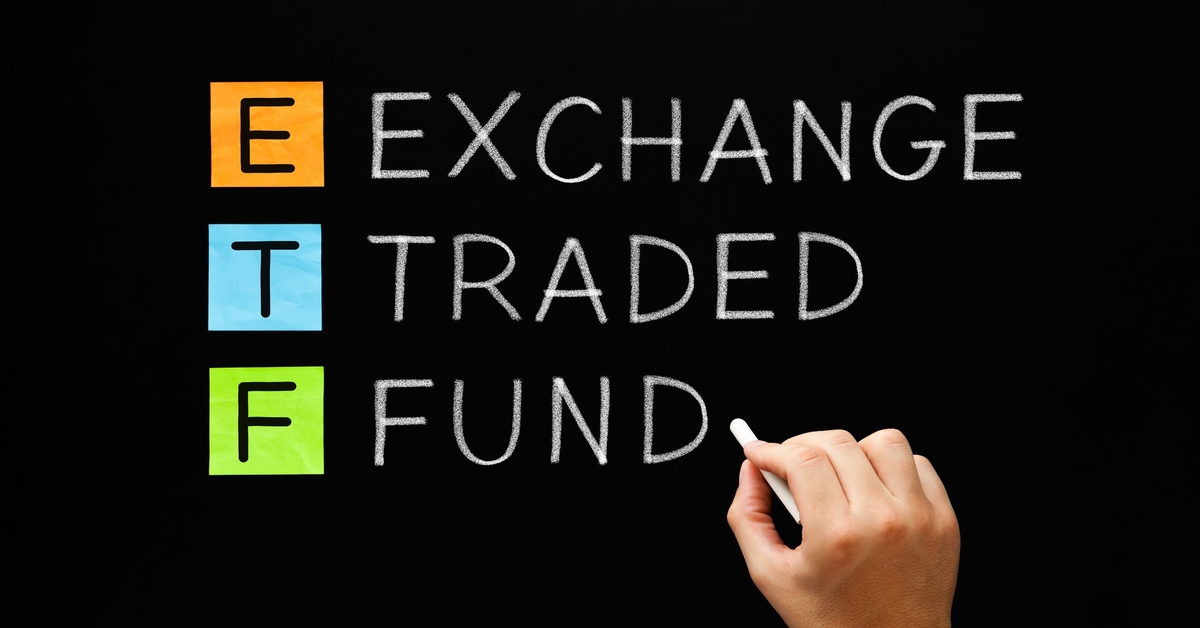How are Index Funds different from Exchange Traded Funds

It’s quite possible that you’ve heard of ETFs, but have no idea what they are. Or, you may know that they are index funds but may not understand the differences between them. Hopefully, by the end of this article, you will have a good grasp of the basic differences between ETFs and Index Funds and how different situations would suggest investing in one over the other.
But first, let us understand what Index Funds and ETFs are.
You must have heard or invested in some of the mutual funds that are very popular in the financial media space. There is a high probability that the widely talked fund is an active fund. An active mutual fund is a fund that the fund manager actively manages. On the other hand, passive fund managers don’t make investment decisions. These funds track the underlying benchmark index, such as BSE Sensex or Nifty 50.
Passive funds can be categorised into two types: index funds and Exchange Traded Funds. While ETFs can be active as well, in India, ETFs are generally passive.
What is Index Fund?
The structure of an index funds is like an open-ended mutual fund. The main objective of the index fund is to provide returns as per the returns given by the benchmark index. Its goal of these funds is not to beat the index.
What is ETF?
ETFs or Exchange Traded Funds, which are a basket of stocks or investment instruments, are listed and traded on the stock exchanges. As a result, ETFs have characteristics similar to stocks while Index Funds are like mutual funds.
Also the ETF price behaves like stock price during the market hours. Index Fund on the other hand declares net asset value like for a mutual fund every working day.
As we have mentioned earlier, investing in ETFs is like investing directly in stocks, so just like you would need a demat account to invest or trade in the stock market, you will need a Demat account to invest in an ETF as well.
However, you don’t need a Demat account to invest in an Index Fund.
SIPs: Systematic Investment Plan (SIP) is the most convenient and disciplined way to invest in mutual funds. However, the facility to invest through SIP is only available for index funds. Onetime investment or lumpsum is the only way to invest in an ETF.
Unit Price: As ETFs are traded on the stock exchanges, the price of one unit of ETF will change throughout the day. So, if you want to buy a unit of a particular unit, the price of that unit will depend on the demand and supply. However, in the case of index funds, the fund houses will calculate the daily Net Asset Value (NAV), which is the unit price of the index fund.
Liquidity: One of the major differences between ETF and index funds is liquidity. If an ETF is not highly liquid, i.e., the daily average trading volume is low, you might face some problems while selling your ETF units as you have to sell your ETF units directly to another investor.
However, this is not the case with index funds. You need not look for an investor as the fund house takes care of your redemption.
Total Expense Ratio (TER): ETFs and Index funds have a Total Expense Ratio (TER). TER is the fee that a mutual fund house charges for managing your investments. However, ETFs have a lower expense ratio than index fund.
Tracking error: Exchange Traded Funds(ETFs) are more likely than Index Funds to have a lower tracking error, which implies ETFs can more closely track an index. This is because Index Funds are required to keep some cash on hand at all times to meet redemption requests. A mutual fund house has no such requirement with ETFs.
Conclusion
Both Index Funds and ETFs are a great passive investment options to invest in the market without being required to pick specific stocks.
We covered many essential differences between index funds and ETFs. Besides this information, you should always consult a financial adviser before making any financial decisions.

